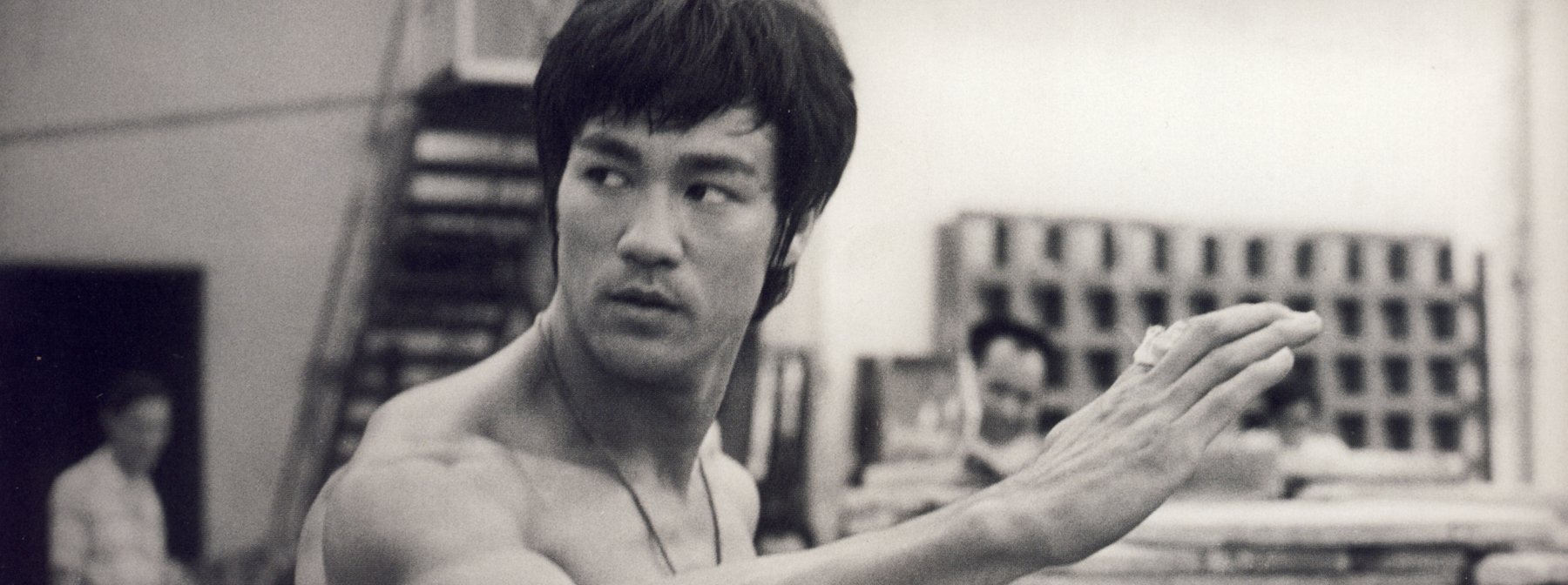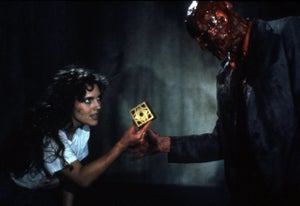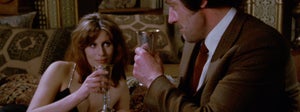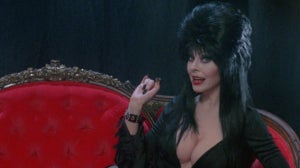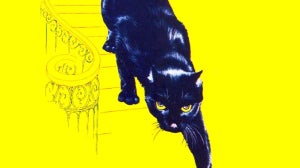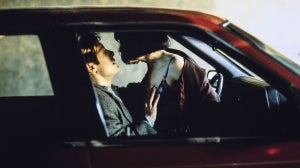
It doesn’t matter whether you are 10 or 70. If you hear the name Bruce Lee, you will instantly imagine fast as lightning moves, that killer bod and find yourself imitating that famous high-pitched war cry. His image and reputation transcend any idea of time, with many having an understanding of his work, even if they have never seen a single one of his pictures. The point is, Bruce Lee was undoubtedly more than the sum of his parts. He moved beyond being martial arts star or film actor to become bone fide icon. Even when he died, after an allergic reaction to pain-killers, Lee continued to be an endless talking point, launching a myriad of conspiracy theories, constructed by the ghoulish and ridiculous or perhaps just some of those who were not yet willing to fully say goodbye. But given that he was hardly the first Hong Kong fight guy, just how or why did this man become the most famous physical action star of the 20th century and beyond?
Lee had appeared in films from early childhood and had later worked as action director on a number of international features, including The Wrecking Crew (1969) - as depicted in Tarantino’s razor-edged love letter to 60s la-la-land, Once Upon a Time in Hollywood (2019). But while he would evolve into unquestionably the best exponent of onscreen, unarmed combat, it’s fair to say that he didn’t fully enter the true spotlight till he appeared in the now classic cult picture, The Big Boss (1971). But it would be Fist of Fury (1972) that would place Lee at the forefront of the changing face of action movies.
https://www.youtube.com/watch?v=oO9PVJdgu4M&pp=ygUcYnJ1Y2UgbGVlIGFycm93IGZpc3Qgb2YgZnVyeQ%3D%3D
It was an early example of the ‘rival factions’ set-up where one fight school and ethos is pitched against another, in a battle for honour and dignity. The same format would be played out in countless martial arts productions, however it’s possible that Lee may not been starring in a movie of that nature had it not been for the highly influential, already established Hong Kong legend Jimmy Wang Yu. Wang Yu had played the protagonist in the more traditional One Armed Swordsman (1967), but more importantly, he had been the star of box office smash The Chinese Boxer (1970).
The former was a more typical if stylish example of the wuxia sub-genre. Wuxia, a style of fight storytelling utilising magic, legends and mystical weaponry, had been the specialism of legendary studio Shaw Bros who dominated the market with their efficient, highly entertaining production line Hong Kong fantasy pics. But with The Chinese Boxer, the film and its titular character took the kung fu movie into a new and refreshing direction. More brutal and frantic, stripped of those fairy-tale trappings it immediately appealed to a modern audience hungry for something less fantastic, bereft of those stereotypical white-haired be-whiskered villains. While still undoubtedly escapist, it felt more honest and remarkable, cutting against the grain of what had gone before.
This new style of Hong Kong cinema, introduced a flood of copy-cat entries and no doubt encouraged former Shaw Bros execs Raymond Chow and Leonard Ho to set up their own studio, Golden Harvest. Rejecting the controlling in-house restrictions of their old company, the new outfit not only invited independent producers it also offered more lucrative pay packages for its stars. But while Shaw Bros had a number of screen favourites on its books, something about those existing stars, would remain, outside of Hong Kong at least, within the enclave of cult or limited fandom. However, what Golden Harvest had with Lee, was potentially a much more marketable international product.
https://www.youtube.com/watch?v=j6d8BB_1FkI
Already familiar, with the Hollywood landscape due to his appearances in prime-time American TV shows, most notably as Kato in the comic book caper The Green Hornet, Lee was also able to claim US citizenship due to being born in China Town, San Francisco when his parents where there on an opera tour. This potentially meant that he could be presented more readily as a partly American star, arguably giving him a much more commercial edge over many of his Hong Kong-based rivals and contemporaries. And of course, the mega international success of Enter the Dragon (1973) making Lee a worldwide superstar, proved this theory. But while it might be easy to suggest that luck was on his side, and that he was able to build on the work already established by the likes of Jimmy Wang Yu, Lee’s contribution to the genre and to wider cinema cannot be underestimated.
Though influenced by earlier film productions, Lee also dragged in other elements such as street fighting and a less theatrical more streamlined form of action/performance. Not only did he offer a faster, more fine-tuned technique, he was able to be what many older martial arts stars could not be, in that, his persona between fight sequences was often just as engaging, bringing to the screen a sense of quiet, dignified philosophy. Though in reality Lee, could be egotistical and less than charming, on screen he emoted, wisdom, sanity in insane situations and, vitally, he oozed with mysterious cool. Unfeasibly fit, with a physique to make the eyes water, crucially, Lee was a dichotomous force of nature, allowing us to both idolize and envy, without ever hating him. He represented an impossibility, he was magic made real.
We could never be him, and perhaps he could never truly be him either, and really, that’s the key to his screen presence. His relatively short life and tragic end only seemed to underline his greatness. While the physical reality of his death may be less legendary than reports from certain quarters suggest, it functioned to highlight what a huge hole he left in the fabric of Hong Kong cinema. Bruce Lee, was and is a mythic figure, who he might have been in reality, is negated by what he represented in his many hi-octane performances. Able to rise above mere cult status he became, not just part of film history, to many he was film history.

